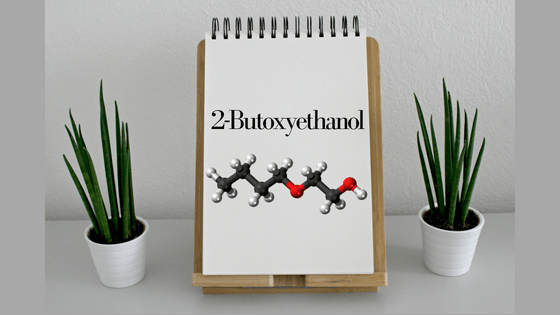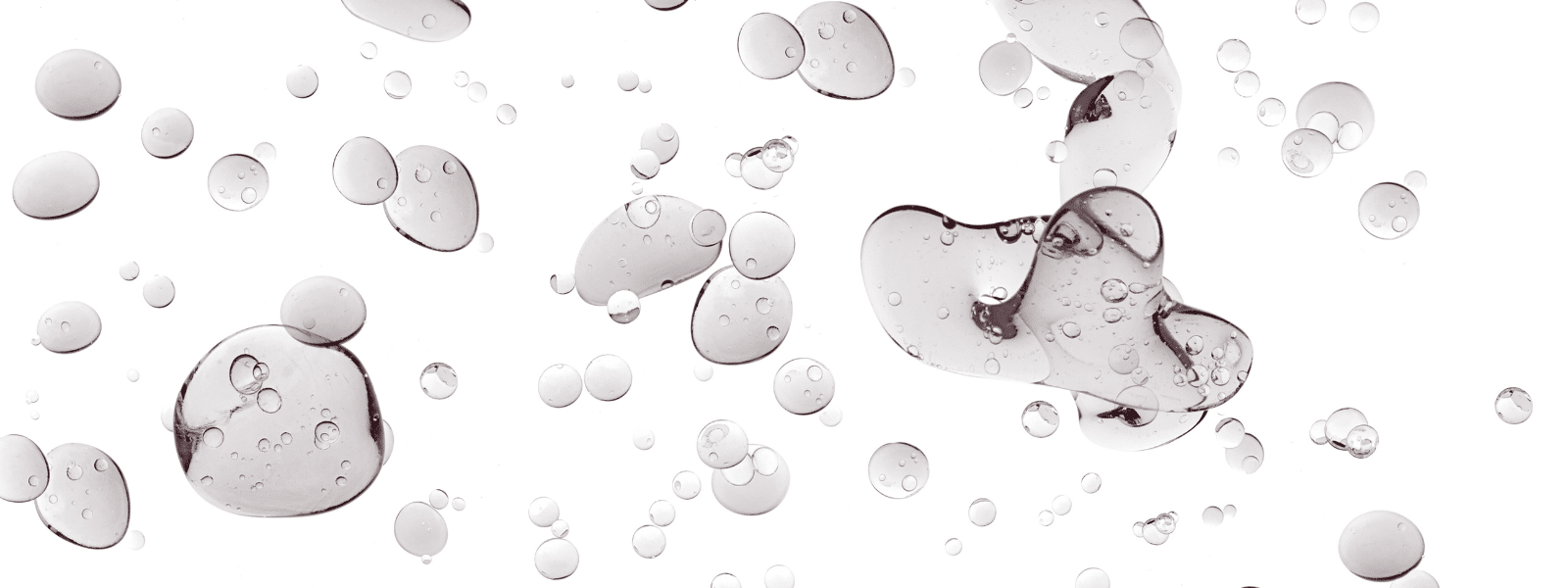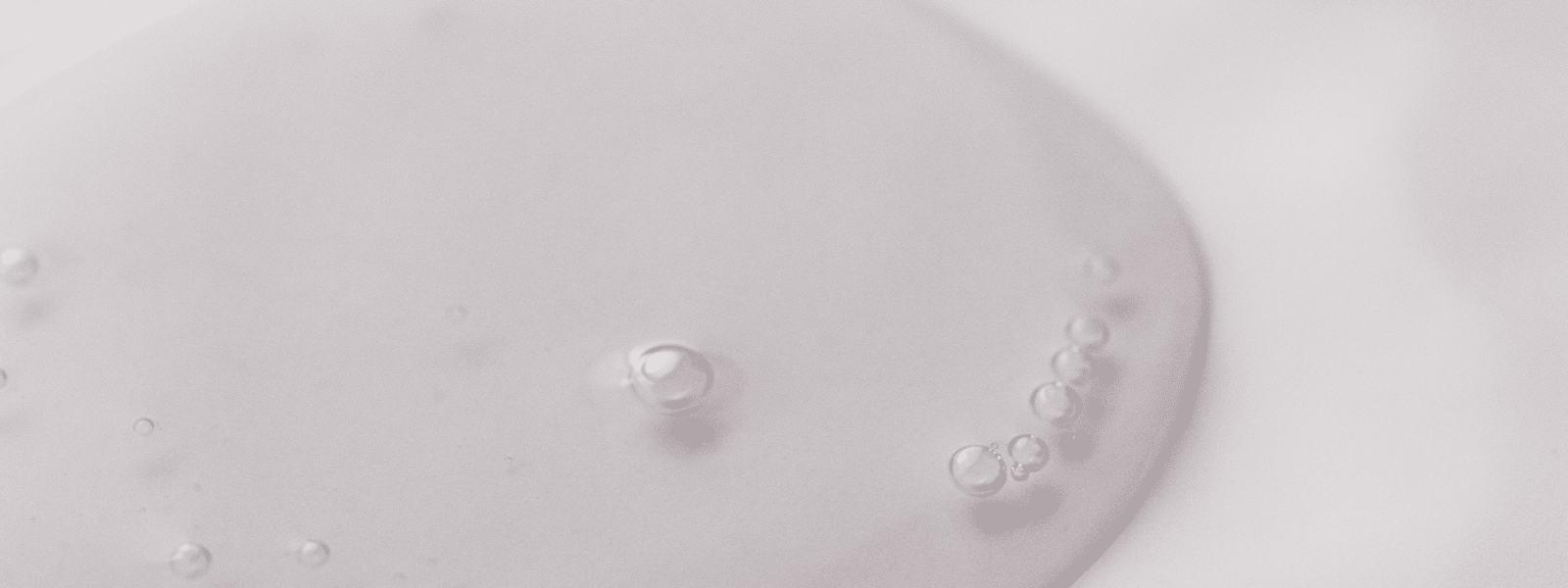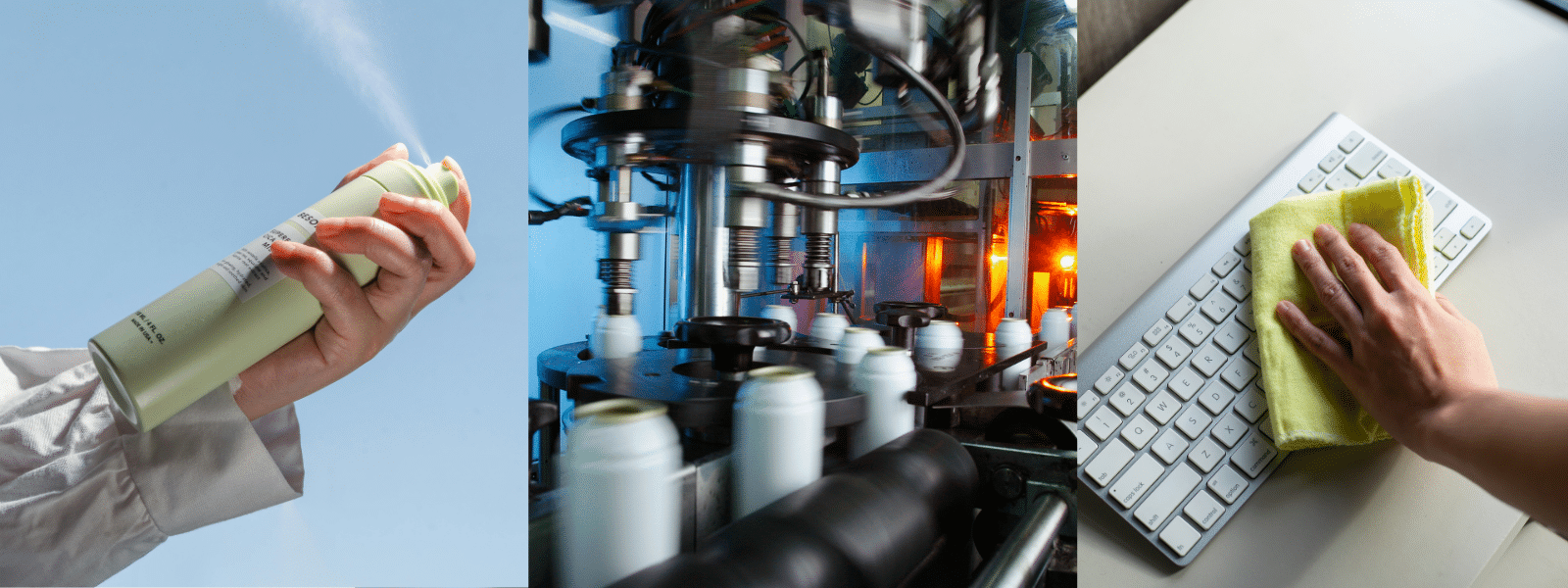What is 2-Butoxyethanol?
Also known as ethylene glycol monobutyl ether, Glycol EB, and butoxyethanol. This product is a colorless liquid and possess a sweet and ether-like odor. It is nonvolatile and is an inexpensive solvent of low toxicity. One of the best characteristics of this product is that it has not been identified as a major environmental contaminant. An interesting fact about 2-butoxyethanol is that glycol ethers are produced annually around 200-500 kilotons.
2-Butoxyethanol Uses
2-butoxyethanol has been used since the 1930’s. It can be used as a mutual solvent since it has surfactant properties. Also it has been used in different industries such as: business, petroleum and more.
2-Butoxyethanol Commercial Uses
2-butoxyethanol has been used as a solvent for paints and surface coatings, as well as cleaning products and inks. Also, it has been used as a main ingredient for acrylic resin formulations, firefighting foam, leather protectors, oil spill dispersants, degreaser applications, photographic strip solutions, whiteboard cleaners, liquid soaps, cosmetics, dry cleaning solutions, lacquers, varnishes, herbicides, latex paints, enamels, printing paste, and varnish removers, and silicone caulk. This product is an essential compound for construction sites, automobile repair shops, print shops and facilities that produce sterilizing and cleaning products. Since this chemical has both non-polar and polar ends, this product is good for removing and cleaning grease and oils. Also, 2-butoxyethanol can be used as indirect and direct food additives (antimicrobial agents, defoamers, stabilizers, and adhesives).
2-Butoxyethanol Petroleum Uses
This product is an essential component of fracturing fluids, drilling stabilizers, and oil slick dispersants for water-based and oil-based hydraulic fracturing. Because this product can work as a surfactant, it is able to absorbs at the oil-water interface of the fracture. Also, it is used as cure oil-water coupling solvent for more general oil well workovers.
2-Butoxyethanol and the Environment
As it mentioned before, because this product contains low acute toxicity, it can be disposed of incineration. 2-butoxyethanol comes from some industrial activities. It is usually produced by a reaction of ethylene oxide with butyl alcohol, but it may also be made by the reaction of ethylene glycol with dibutyl sulfate. 2-butoxyethanol is widely used as a solvent in protective surface coatings such as spray lacquers, quick-dry lacquers, enamels, varnishes, and latex paints. Also, this product can pass into air from water and soil. In the atmosphere, 2-butoxyethanol probably exists almost entirely as a vapor.
[/av_textblock]















